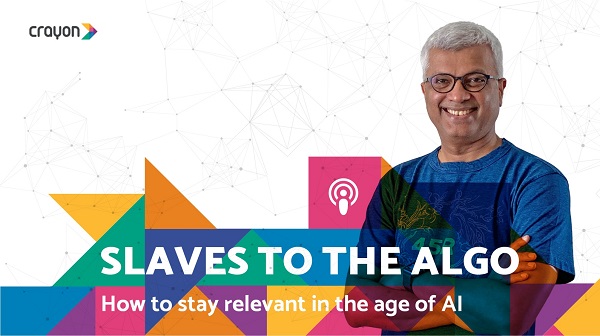For several years, big data (and the analytics it feeds) was a concept that was only being explored by deep-pocketed companies and other large organizations. Now the technology required for it is standardized and less resource-heavy. So, big data has spread to all corners of the global economy. At this point, it’s fair to say that big data is now a must-have foundational business technology of the 21st century.
Nowhere is this new reality more evident than it is in the $80 billion-per-year global health and fitness industry. Over the last few years, fitness businesses have embraced analytics in a big way, hoping to secure a larger slice of the lucrative market. Now, however, a slew of new technologies are fueling even more growth in the fitness space. It’s creating greater opportunities for businesses to leverage the torrents of data headed their way. Here’s a look at the technologies driving that growth and how fitness businesses are using it to their advantage.
Wearables and fitness tracking apps
In a short span, companies like Fitbit and Xiaomi have made fitness tracking wearable devices as common as the ubiquitous smartphone. At the same time, fitness tracking apps have seen an explosion of growth in popularity. Together, they’ve created a massive, new, and booming health tracking data ecosystem. One that’s driving all kinds of new innovation in the fitness industry.
All of the data is being used by the companies that collect it in a variety of ways. Fitbit, for example, anonymizes and aggregates users’ data and shares it with third parties who use it for longitudinal health research and other studies – making a tidy profit in the process. Apps like MyFitnessPal are turning the data they collect into a value-added marketing opportunity by using the data to help platform advertisers better target users based on their physical traits and activity.
Blockchain-based data marketplaces
Another key technology that’s having a big impact on the global fitness industry is the blockchain. It’s the encrypted digital ledger system best known as the technology that makes Bitcoin and other cryptocurrencies possible. It’s also fast becoming a great medium for securing and commoditizing user data in ways that were previously impossible.
Consider Lympo, which is a blockchain-based fitness ecosystem that allows users to earn cryptocurrency for sharing their health and fitness data with participating businesses. They can spend their earnings on real-world purchases of goods and services available through the platform’s built-in marketplace of health and wellness providers. It represents the beginnings of a thriving data marketplace. One where users are incentivized to share data because they’re able to monetize it in a unique, groundbreaking way.
Smart training apparel
People are quite familiar with the kind of fitness tracking wearables that I mentioned earlier. But there’s another kind of tracking equipment that’s making waves throughout the fitness industry – smart apparel. Brands like Athos are already selling fitness clothing with embedded sensors. These help individuals use data to get the most out of their workout routines.
What sets these items apart from conventional wearables is that they are able to detect the subtle electrical impulses that demote muscle activity, in a process known as electromyography. That rich data stream may then be used to make precise changes to workout routines in real-time. It’s a process that’s already being used by some of the world’s best-known professional sports teams use to ensure peak athlete performance. It’s also a critical part of the fitness industry’s data revolution, which is growing larger by the day.
AI-powered personal trainers
The last new technology that’s creating new data streams and opportunities in the fitness industry is artificial intelligence (AI) applications like LifeBeam’s Vi. The system, and others like it, use biometric data to power a personalized virtual personal training experience. In Vi’s case, information about a wearer is gathered through a set of wireless headphones. Which the AI then uses to craft personalized workout routines for the user.
Vi doesn’t stop there, though. It also offers specific workout directions and even encouragement in real-time to help users meet their fitness goals. It’s a closed-loop data system that collects and uses fitness data within the same platform. With huge benefits for users. This is an area with enormous future potential for the fitness industry. It’ll become the main growth driver in the years ahead.
The fitness data revolution
As these examples make quite clear, the data revolution that’s underway in the global fitness industry is taking several new forms. And it’s creating whole new lines of business. For companies in the space, data-related opportunities extend well beyond traditional analytics and marketing. More are cropping up in the market all the time. In the future, it’s very likely that further advances in these technologies will contribute to strong growth in the sector. Thus creating yet another example of how big data is transforming markets of every type and description around the world.
























